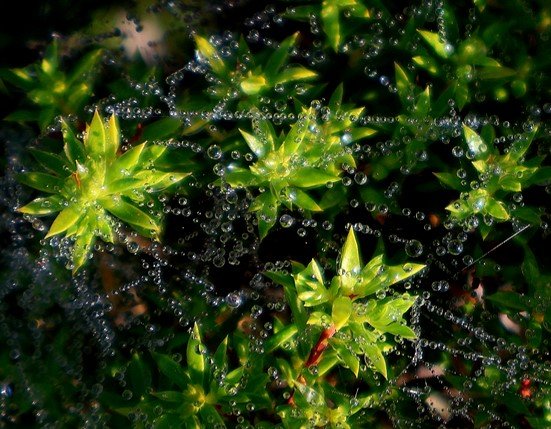Coleonema album

Author: Ivan Lätti
Photographer: MC Botha
Coleonema album, commonly known as Capemay or confetti bush (as some other coleonemas are also known) and aasbossie (little bait bush) in Afrikaans, is a dense, single-stemmed shrub, reaching about 2 m in height. The plant is buchu-like and evergreen. It branches from low down, the old stems bearing grey brown, rough bark with horizontal scars where old leaves have dropped off.
The simple, alternate leaves are sessile, the leaf-shape narrowly oblong to lanceolate, tapering to acutely pointed tips. The leaf margins are finely toothed. Two rows of gland dots on the lower surfaces exude a sweet, nutmeg-like fragrance. Leaf length is about 13 mm, the width 1,4 mm.
The white, nectar-rich flowers grow solitary from upper leaf axils, the buds pink. Each of the five, round-tipped, spreading petals has a longitudinal central groove containing a staminode or antherless stamen. Flower diameter is up to 7 mm.
The nectar disc forms a cup with wavy rim around the five filament bases inside the flower. The ovary has five pointed protrusions on top.
Flowering happens from late autumn to spring, more from the end of winter to after midspring.
Pollination is probably done by short-tongued insects, including honeybees.
The species distribution is in the Western Cape from the Cape Peninsula northwards to Saldanha and eastwards to Cape Infanta. The photo was taken near Grotto Beach, Hermanus.
The habitat is coastal sandstone and granite outcrops on lower and middle slopes, adapted to much wind. The species is not considered threatened in habitat early in the twenty first century (Bean and Johns, 2005; Bond and Goldblatt, 1984; iNaturalist; http://pza.sanbi.org; http://redlist.sanbi.org).

